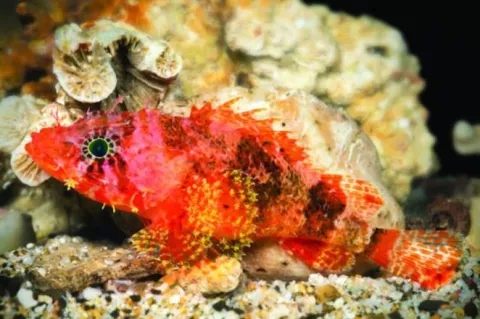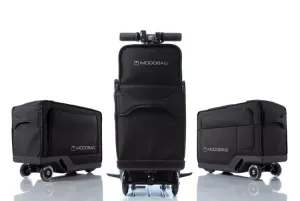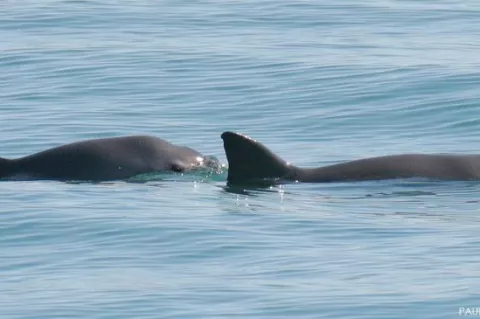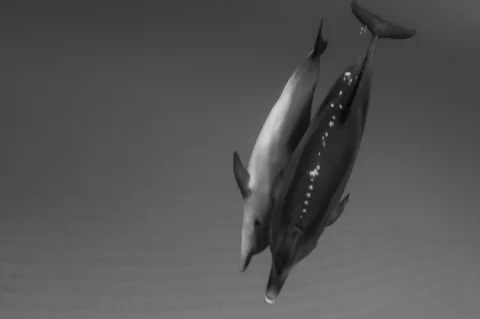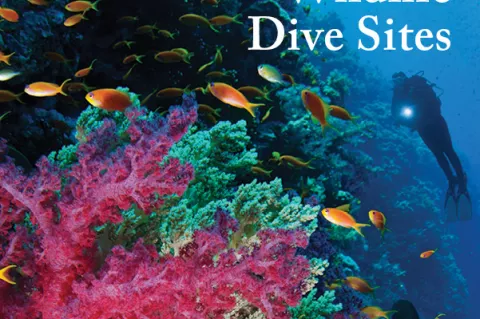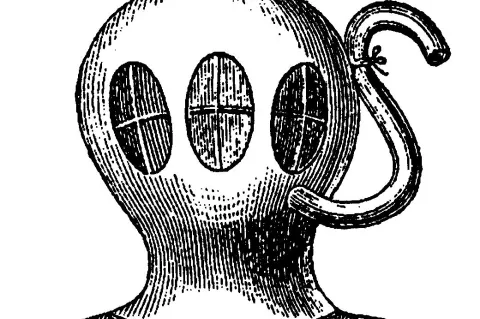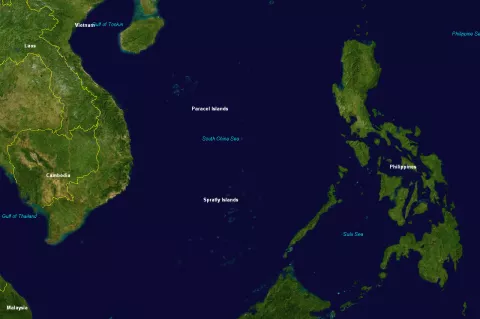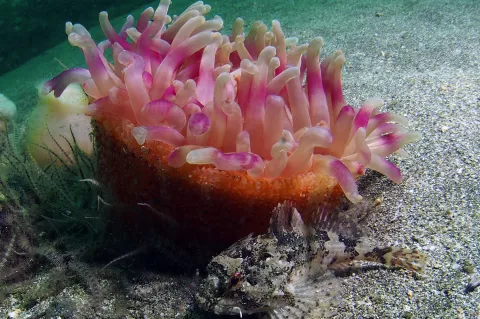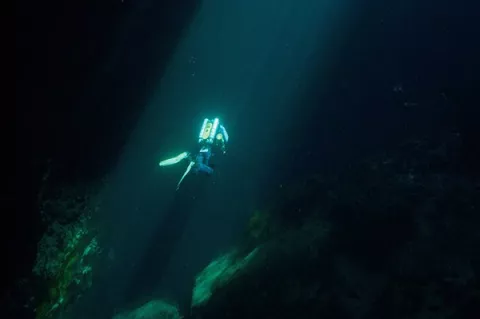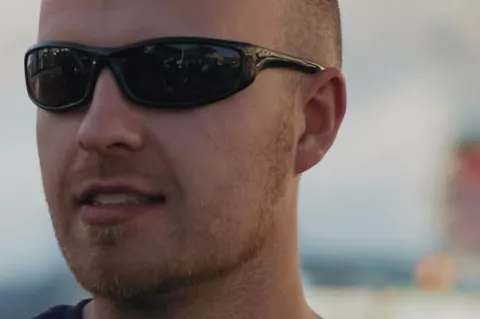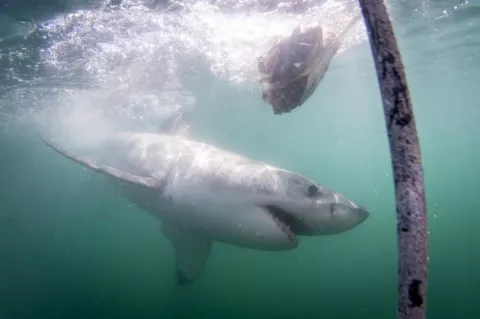New Caribbean scorpionfish discovered
Researchers from the Smithsonian’s Deep Reef Observation Project (DROP) have discovered a new scorpionfish species off the Caribbean island of Curaçao. Inhabiting depths between 95 m and 160 metres, it is the deepest-living member of its genus found in the western Atlantic Ocean. “The 50-300 m tropical ocean zone is poorly studied -- too deep for conventional SCUBA and too shallow to be of much interest to really deep-diving submersibles,” said DROP lead scientist Dr. Carole C. Baldwin.

